The pioneering aquaculture enterprise built by Dr. Valentin Abe at Caribbean Harvest is called "Fish Farming."
The process begins with hatching Tilapia fish by the tens of thousands at a custom designed hatchery – the largest solar-powered fish hatchery in the world. The baby fish (called fingerlings) are then transported to the communities along Haiti’s largest lakes, where they grow to maturity in cages, fed and cared for by the community members. Finally, the fish are harvested and processed for sale by Caribbean Harvest to local markets and hotels across the country.
The funds raised by Fish4Life have gone directly to enhance the living standards of two entire villages, and to build the overall capacity of the Caribbean Harvest initiative.
Today, this high-return development model includes:
Solar Power HAtchery
Caribbean Harvest's hatchery is the largest in the Caribbean and the largest solar-powered fish farm in the world, with a solar capacity of 130 KW.
FISH FARMING cages
In Haiti’s largest lakes -- Lake Azuei and Lake Péligre -- the fish are grown to maturity under the care of the local fish farmers. Fisherman grow and harvest their yield by caring for and feeding their supply of fish in individual cages managed by families, as well as larger community cages that hold up to 50,000 fish each.
Processing plant
Caribbean Harvest’s new processing plant is the first of its kind in Haiti – it can host up to 60 employees, process 4,000 pounds of fish per day, and has a freezing capacity of 42,000 pounds. It is on pace to process over one million pounds of fish in 2017.
Unlike traditional philanthropic models, a donation to Fish4Life is actually an investment that fuels the sustainable, ongoing economic development of rural Haitian communities.
And the return is substantial: an upfront $2,684 capital investment in a fish farm yields an 85% return on the investment by generating annual recurring income of $2,300, which is 3.5x the average income in Haiti. A portion of the income also goes to the community to expand capacity and create secure housing, provide education, increase the quality and availability of healthcare, and ensure that basic nutrition needs are met. See the impact here.





